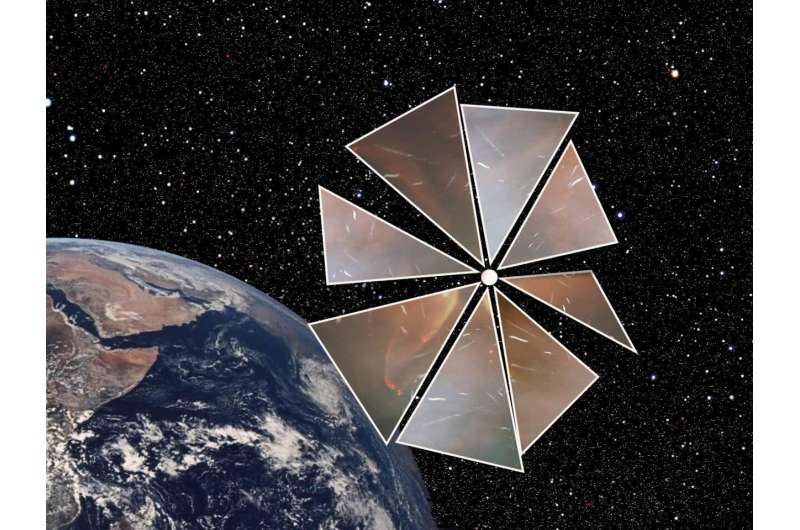A new paper released on ArXiv on June 27th explores one possible mission design. Derived from the NIAC study, the proposal suggests combining solar sail technology with the ability to miniaturize space probes to small, lightweight sizes.
Missions like JAXA's IKAROS probe to Venus and the Planetary Society's ongoing LightSail 2 project in Earth orbit have shown that solar sails, which use photons from the sun to accelerate, are entirely feasible propulsion systems. Similarly, the successful use of CubeSats on interplanetary missions was demonstrated by the Jet Propulsion Laboratory in 2018. They sent two CubeSats, named Mars Cube One (MarCO-a and MarCO-b), to accompany the InSight lander on its journey to the red planet. The CubeSats worked like a charm.

When combined, solar sails and CubeSats could be a powerful tool for exploration.
To intercept an interstellar object, the paper proposes that a solar-sailing CubeSat could be launched ahead of time, 'parking' in an orbit around the sun where it would wait quietly for the discovery of the next interesting object worth chasing. A fast response vehicle like this would allows for various mission designs. A five-year mission, for example, could easily catch up and study an interstellar object, beaming back to Earth the kind of data that we failed to get from 'Oumuamua. On the other hand, a similar spacecraft could even carry out a sample return mission, if given a longer timeframe of ten years.
One of the major engineering challenges for such a mission concerns the solar sail's ability to manage heat. The interceptor would have to travel much closer to the sun than any previous solar sail tests, which usually use aluminum coated with Kapton. The properties of this material might enable it to survive within 0.15 AU of the sun without melting, but careful consideration will have to be given to shielding the control mechanisms and other spacecraft systems without adding too much to the spacecraft's mass. Too heavy, and the sail won't be able to catch up with the target.
The value of an interceptor spacecraft like this is pretty clear. Even though we've only seen two interstellar objects so far, they are probably passing by all the time. Better telescopes coming online this decade will help us find them, but they move fast, and don't stay for long. If we want to study an interstellar object up close, we're going to have to be ready for it, and a fast response interceptor spacecraft is likely our best chance at success.
Explore further



